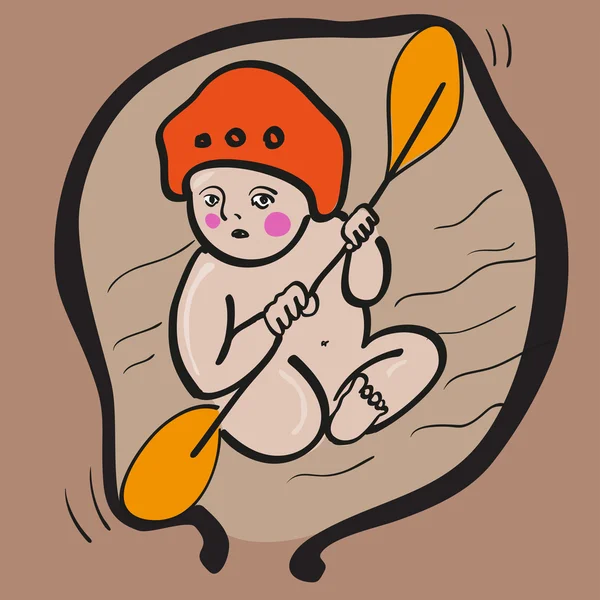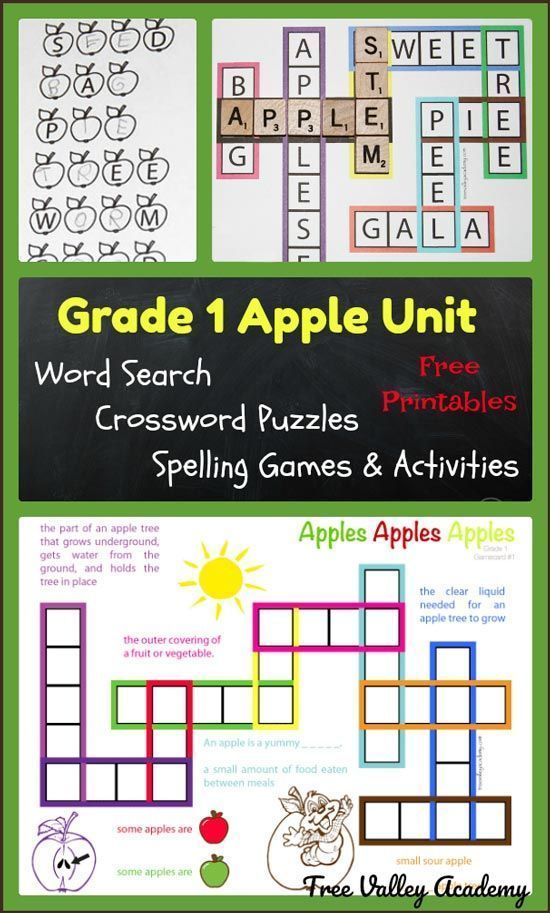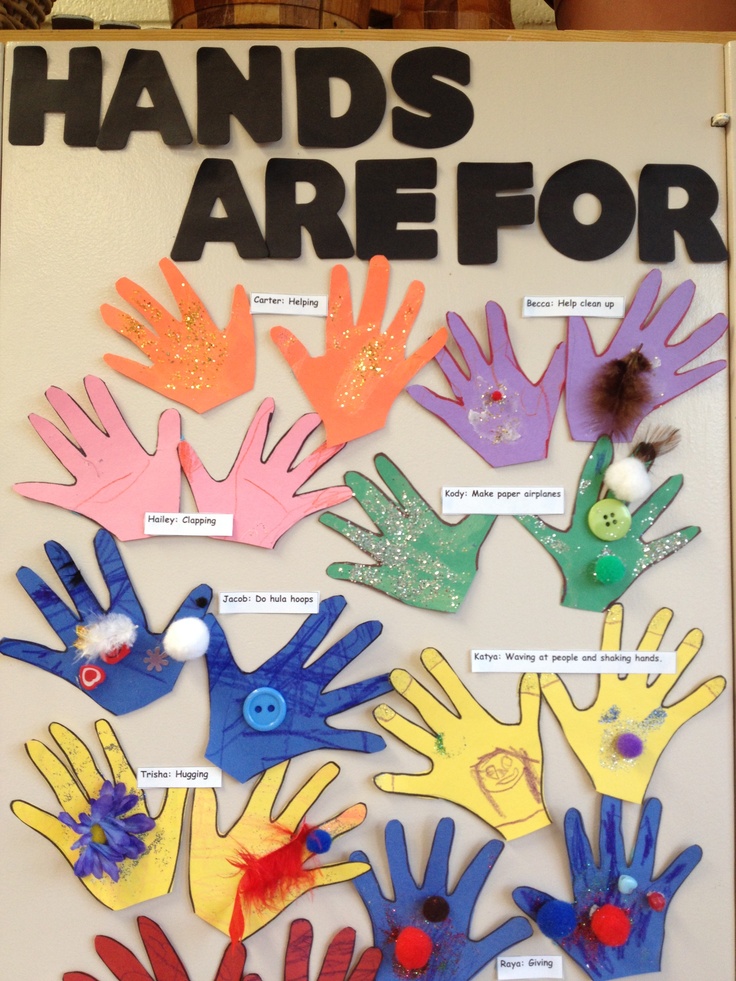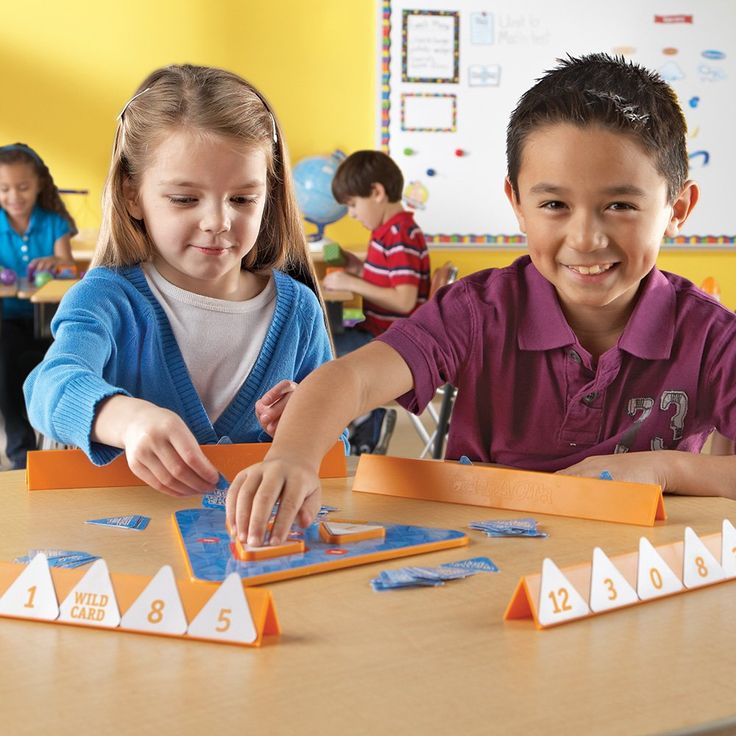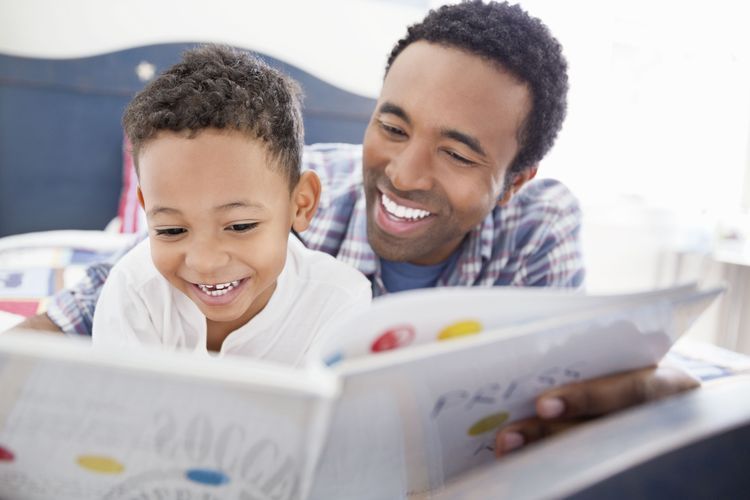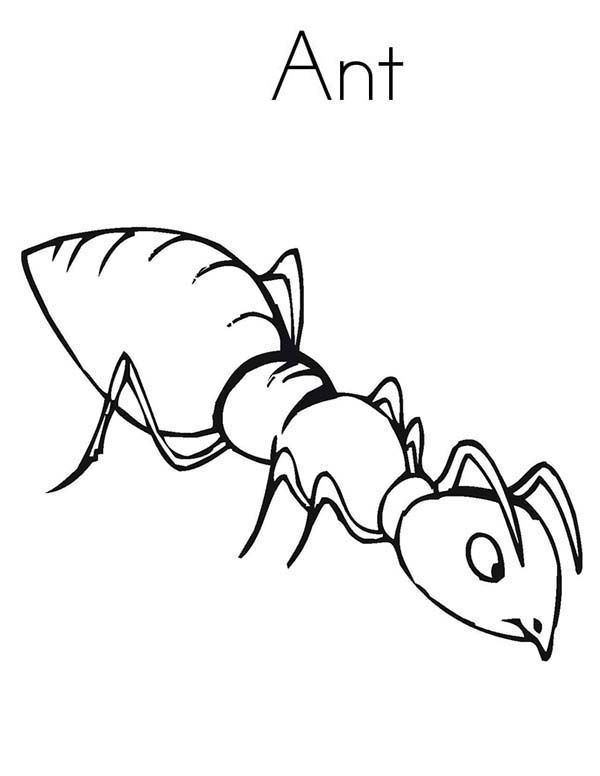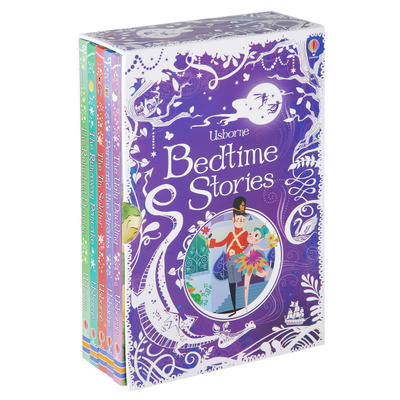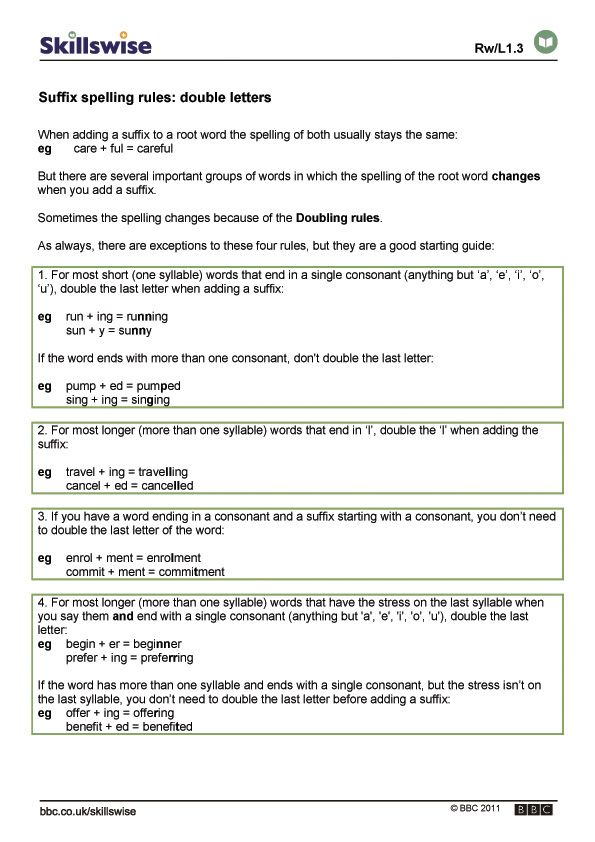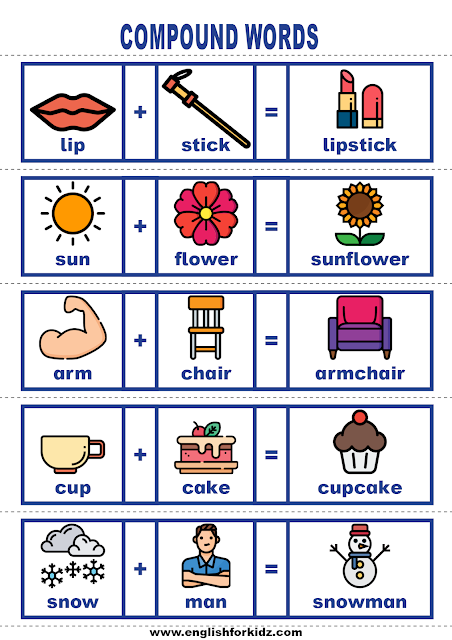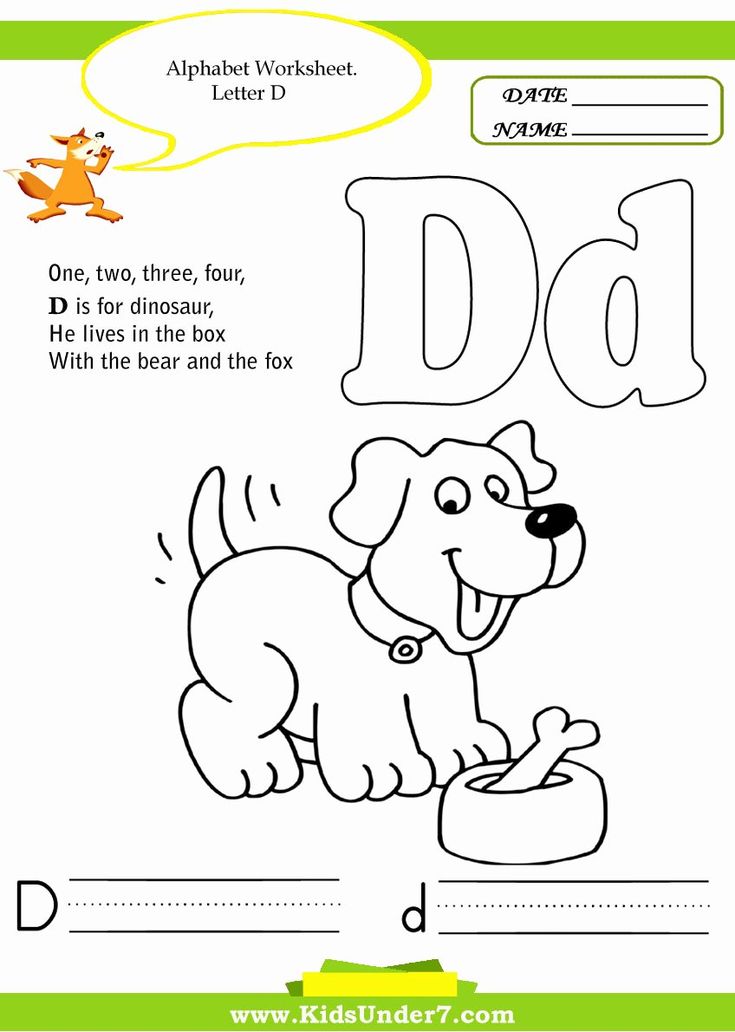Colors for pre k
Color Activities for Preschool and Pre-K
Here are 10 fun, hands-on activities for exploring colors in Pre-K. Pre-K children don’t need a coloring worksheet to learn colors. They can learn through exploration!
Color Flags
I made these flags from sheets of felt, cut in half, and hot-glued them to dowel rods. We use them with color songs, such as “Colors All Around” and “A Rainbow of Colors”.
Gummy Bear Song (by Dr. Jean)
A fun song for teaching colors: read the post at this link and get the printable: Gummy Bear Song
I See Colors Book
Make a layered book by folding it where each page is a little longer than the one before. Each page has a different color with the words “I see red” or “I see yellow”. Children draw pictures (with matching color crayon) on each page, or cut out pictures from magazines to glue in the book.
You can also print out this Colorful World book for children to draw pictures in or glue magazine pictures.
Download: Colorful World Book
Graph
Make a graph of children’s favorite colors. Each child chooses one Unifix cube of their favorite color. Stack each color to make an object graph.
Color Mixing with Water
Children experiment with mixing colored water. Use the primary colors (red, blue, yellow) to make new colors. Red, blue and yellow food color is added to water in a clear cup. Children use eyedroppers to get the colored water they want and mix the colors in a paint tray. We use plastic paint trays with 6 mini bowls. Children can dump their water into a bucket once they have filled the 6 bowls and start again. They can put drops of the colors they make on a paper towel, so that it can be saved.
Color Mixing with Paint
The children are given a mixing tray, paintbrushes, and cups of paint with red, yellow, blue, white, and black. The clear mixing trays in the photo were leftover packaging from Easter eggs, but anything can be used. The red, yellow, and blue paint are the primary colors used for mixing secondary colors (green, purple, orange).![]() The white is for making tints and the black is for making shades of color. The children freely experiment, mixing any colors they chose.
The white is for making tints and the black is for making shades of color. The children freely experiment, mixing any colors they chose.
Colored Snack Spread
Children mix food coloring in white icing or soft cream cheese, spread the icing on graham crackers or a bagel half, and add a topping (sprinkles or semi sweet chocolate chips).
Color Collages
Have children search through magazines for red pictures, and glue them onto red construction paper. Do the same with each color and use these as posters for the classroom.
Another Idea: Cut fabric of different patterns and colors into 1-inch squares, and give children different colors of construction paper cut in half. Make sure to have several patterns of each color fabric (ginghams, stripes, florals, plaids, polka dots). Children glue the pieces of fabric onto the matching color of construction paper (blue fabric on blue paper, yellow fabric on yellow paper, etc.) These can be made into a book or quilt.
Color Dice Printable
I made these cards that will fit into the Carson Dellosa Roll & Learn Pocket Cubes (Item #CD-140002).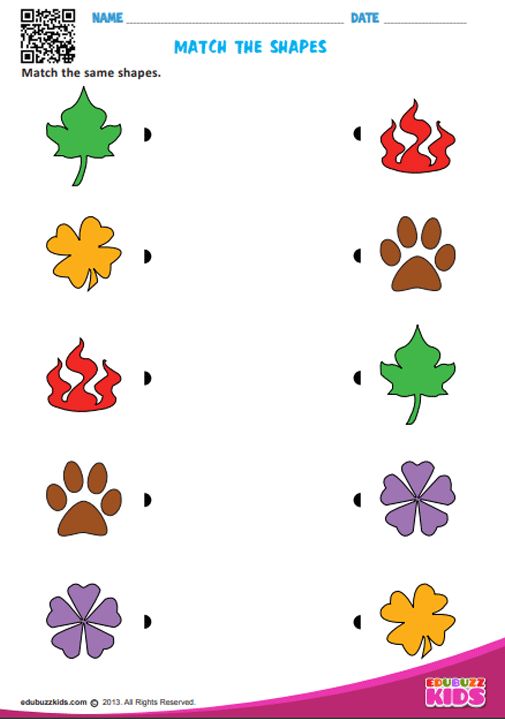 You can also use this printable to make your own dice by recycling a small Priority Mail box or other small cardboard box. Cover the box with wrapping paper or bulletin board paper. Print out the dice printables, cut them out, and glue them onto the sides of the box.
You can also use this printable to make your own dice by recycling a small Priority Mail box or other small cardboard box. Cover the box with wrapping paper or bulletin board paper. Print out the dice printables, cut them out, and glue them onto the sides of the box.
To play: Children take turns rolling the die. When the die stops rolling, the child will look at the color on top, and find something in the room that is the same color.
Download: Color Dice Cards
Color Sorting Cups
Label clear punch cups with color names. Children sort a collection of small objects into the cups by color. Examples: crayons, small blocks, silk flowers, counting bears, ribbons, cloth pieces, colored rocks, leaves.
Color Bottles
Make color discovery bottles by putting colored water in a plastic sealed test tube or a drink bottle. Soap or oil can be added to the bottle for “special effects”. Color bottles also make an interesting decoration if placed on a windowsill or shelf.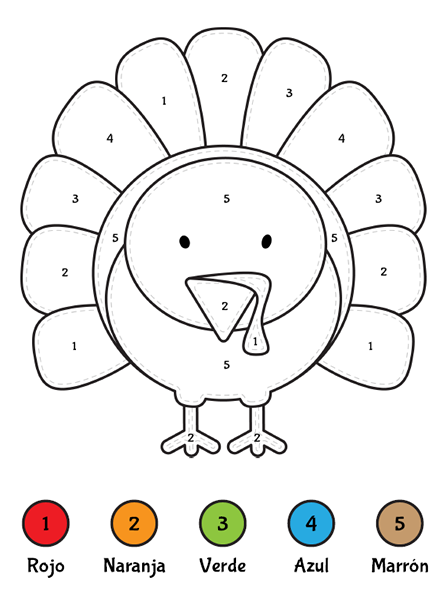
Color Search
Tell the children a color they are to find, and have them search around the classroom for one thing of that color. Everyone comes back to the circle, and the children share what they found.
Books
A list of color books for Pre-K children: Books
Songs
- Colors All Around, by Jack Hartmann: MP3 Download
- Gummy Bear Song, by Dr. Jean: MP3 Download and Activity
- Songs for Teaching Colors: MP3 Downloads
- Rainbow Colors: Mrs. Jones Room
- The Color Song: Mrs. Jones Room
- A Rainbow of Colors ~ We All Live Together Vol. 5, by Greg & Steve
More Resources
These packets for teaching Colors are available in my shop.
32 Color Activities for Preschool That Will Stimulate Their Minds
Getting to know colors is a fundamental part of early childhood education. Mixing colors, learning their names, and experimenting with color attributes should be part of an everyday routine in the preschool classroom.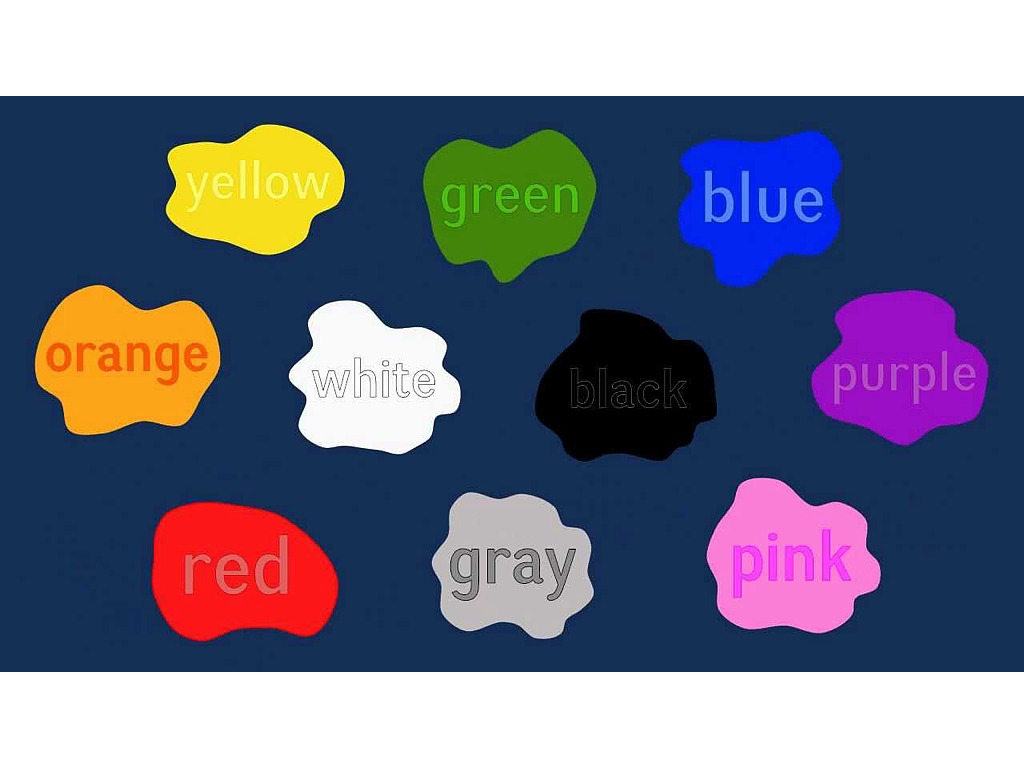 Even color patterning has a tremendous impact on a child's cognitive development. Have a look at these clever color recognition activities to help kids learn about colors and have fun at the same time.
Even color patterning has a tremendous impact on a child's cognitive development. Have a look at these clever color recognition activities to help kids learn about colors and have fun at the same time.
1. Four Corners with Colors
This fast-paced classic game will help kids think on their feet while having fun. Let them call out names to help them learn color names along the way.
Learn more: The Many Little Joys
2. Fine Motor Rainbow Ball
This game is perfect to help little hands with fine motor skills as they try and dig for different colored scarves in the ball.
Learn more: Still Playing School
3. Feed the Shark
Kids get to learn color sorting in this fun ocean-themed game. Paste colorful printable sharks to toilet paper rolls and let kids drop the fish in their mouths.
Learn more: Mommy Made That
4. Mail Game
Preschoolers can practice color sorting while pretending to deliver mail to their friends.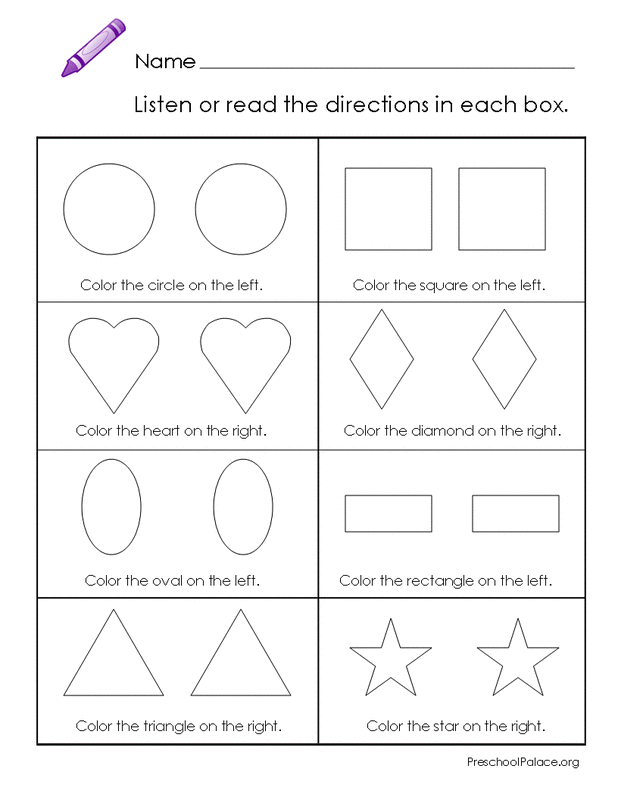 These envelopes and stamps are reusable and help kids learn to recognize color names.
These envelopes and stamps are reusable and help kids learn to recognize color names.
Learn more: Look We're Learning
5. Make a Rainbow Fish
Celery sticks make the perfect stamp for fish scales thanks to their half-moon shape. Use celery to print rainbow-colored scales on a fish outline for a cute color craft.
Learn more: Crafty Morning
6. Color Sorting Train
This game can help kids with recognizing colors but also with counting. Sing a fun train song while sorting colors into the different carriages.
Learn more: Fun Learning for Kids
7. Rainbow Word Matching
Mix clothes pegs with color names written on them and let kids rearrange the pegs in the right order.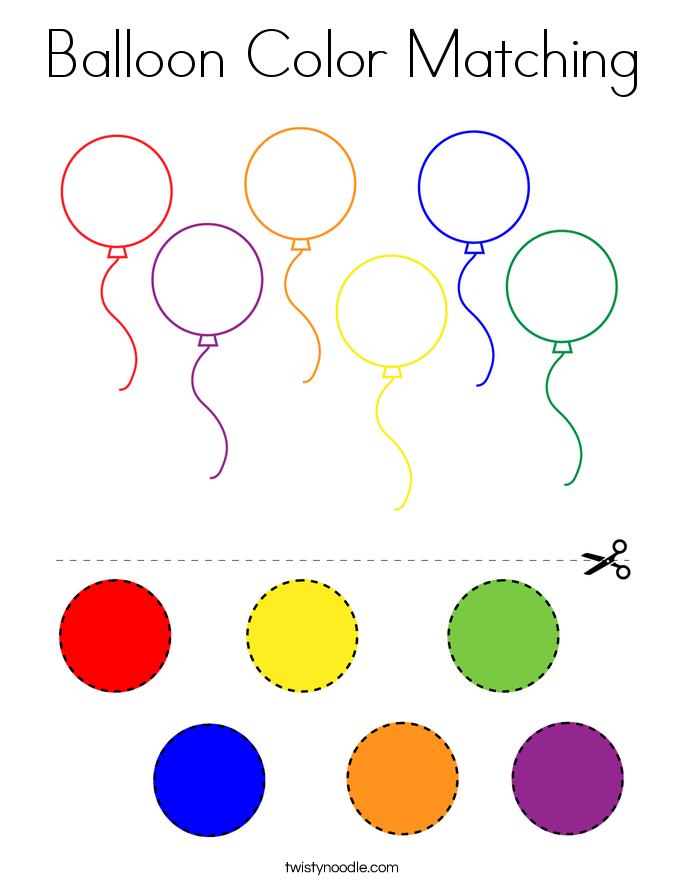 This is a quick color learning activity that can be replayed a few times.
This is a quick color learning activity that can be replayed a few times.
Learn more: Fantastic Fun and Learning
8. Color Mixing Hand Print
Using primary colors, students can paint a rainbow onto their hands and print it onto a piece of paper. This is a fun and messy way to teach them some basic color theory and make some cool crafts in the process.
Learn more: Heather Bellgardt
9. Color Rock Dominoes
Kids will love this DIY color game. All you need is some acrylic paint and a bunch of rocks and you are ready to go!
Learn more: The House that Lars Built
10. Bunny Tails Matching Game
Add some velcro dots to colorful bunny cutouts and pom-poms. Preschoolers can match the tail and the bunny in this cute pom-pom color sorting game.
Preschoolers can match the tail and the bunny in this cute pom-pom color sorting game.
Learn more: From ABCs to ACTs
11. Matching Color Shades
Once kids have nailed basic color recognition, let them explore the different hues of colors by using paint sample cards. They can learn color attributes like light and dark in this color sorting activity.
Learn more: The Rigneys
12. Pom Pom Color Drop
Kids love fine motor games like pom drop. They use tongs and scoops to put the colorful pom-poms in different containers like tubes, ice cube trays, and muffin tins.
Learn more: Princesses, Pies, and Preschool Pizzazz
13. Rainbow Roll-n-Write
Use a die to tell kids in which color they should write a word. They can create a beautiful rainbow sentence or poem.
Learn more: Teachers Pay Teachers
14. Make an Ice Cube Pattern
Use plastic color ice cubes and an empty tray to create a grid pattern. This is great for color recognition skills and concentration.
This is great for color recognition skills and concentration.
Learn more: Creciendo Con Libros Y Juegos
15. Color Sticker Matching
A favorite color activity amongst young learners is matching stickers to color boxes. This can be turned into a fun game or a reward system as kids sort stickers by color.
Learn more: Little Family Fun
16. Magic Rainbow Ring
To teach kids more advanced color theory concepts, create a magic rainbow ring. These kinds of color science experiments will captivate their young minds.
Learn more: Andrea Knight
17. Color Flip Book
Give each student their own flipbook showing the colors along with their names. Students can even color the images themselves or add stickers and pictures on the pages.
Learn more: Crystal and Comp
18. Baked Cotton Balls
Dip cotton balls into a flour and water mixture that has been colored with food dye.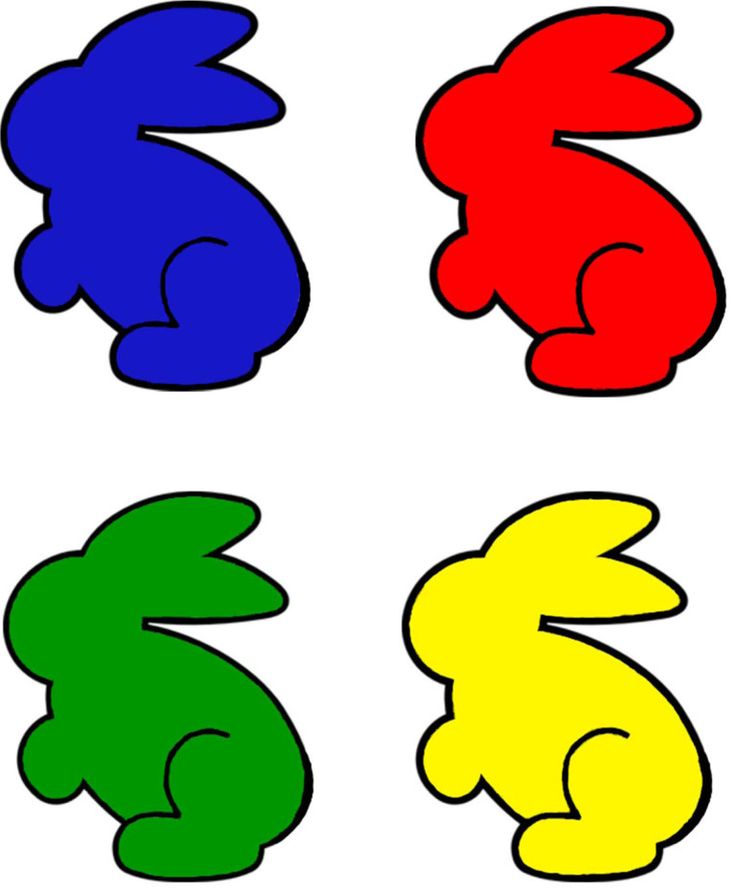 Bake the balls to create a hard outer coating. Kids will have so much fun smashing the baked rainbow once it has cooled down.
Bake the balls to create a hard outer coating. Kids will have so much fun smashing the baked rainbow once it has cooled down.
Learn more: Learn Play Imagine
19. Butterfly Color Match
This cheery color activity idea sees kids sorting colors onto butterflies they cut out and color themselves. Mix an assortment of items into a bowl and let kids sort the objects by color by placing them on the corresponding colored butterfly.
Learn more: No Time for Flash Cards
20. Color Bingo
Color bingo is great for color identification skills and helps kids to read the names of colors while playing. Use colored buttons to place on the bingo mats for some added fun.
Learn more: Fun With Mama
21. Dance Party
Nothing beats a good old-fashioned sing and dance party! Put on the best preschool color songs and have kids sing and dance before or after a color lesson.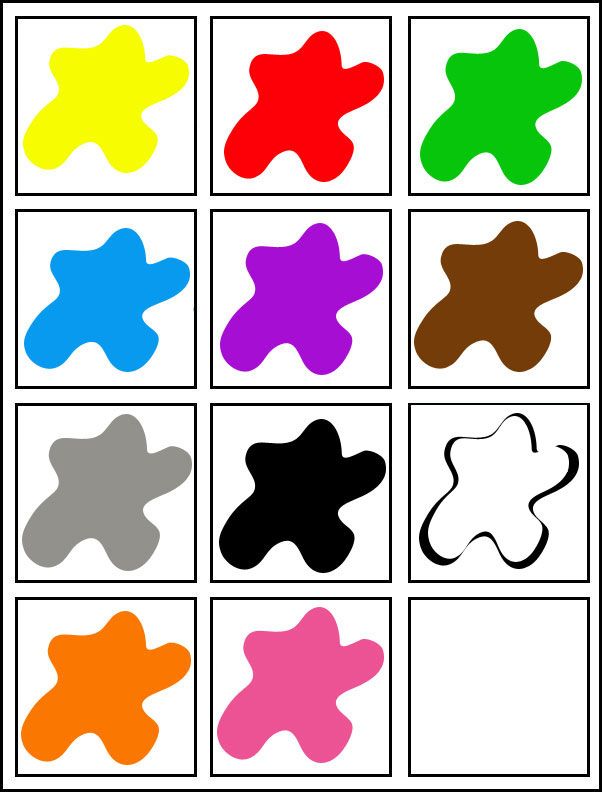
Learn more: Jack Hartmann Kids Music Channel
22. Gold Fish Sorting
Turn snack time into an opportunity for teaching colors with fun colored Goldfish crackers. Kids can sort them into colors and build shapes or spell out the names of the colors with the crackers.
Learn more: Making Mine
23. Pom Pom Race
This is one of the best color matching activities for busy preschoolers. Use straws in this pom-pom color sorting game that can be a race against the clock.
Learn more: Kindergarten Connection
24. Ice Cream Patterns
Use an ice cream scoop and plastic balls to create color patterns on the printable ice cream mat. This is a fun, easy, low-cost color activity perfect for the summer.
Learn more: Planning Playtime
25. Sort Toys by Color
This hands-on color sorting activity can be fun for the whole class. Let students race in teams to see who can place toys onto the correct color sorting mats the fastest.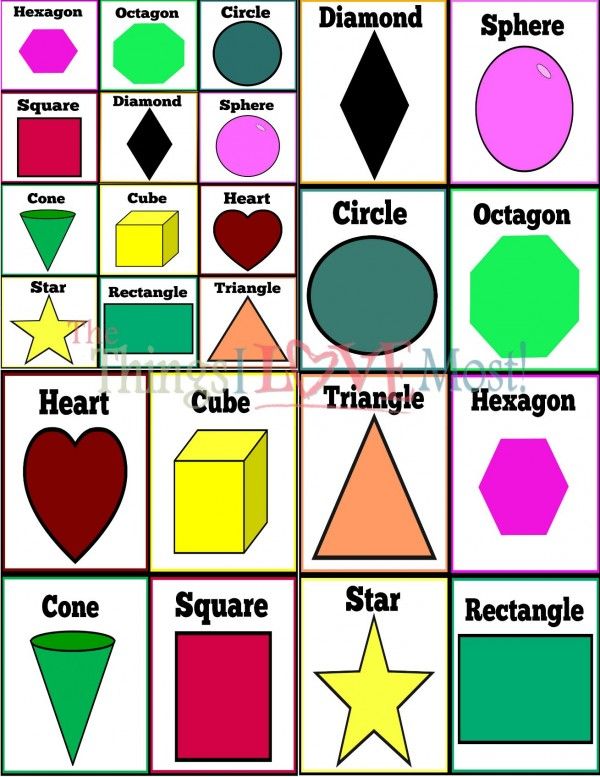
Learn more: Twins and Coffee
26. Fruit Loops Rainbow
Combine a color sort activity with some basic math skills. Students roll 2 dice to see how many of each color fruit loop gets added to the rainbow. The best part is eating the cereal after the rainbow is complete!
Learn more: Housing a Forest
27. Rainbow Fishing
This game is great for quiet time, allowing students to fish for different colors on their own. They should identify the colors as they go, or catch the fish of the color your prompt.
Learn more: Tatertots and Jello
28. Color Mixing Bag
This is a fun and easy color mixing activity to show kids how primary colors work together to create secondary colors like green, orange, and purple.
Learn more: Learning 4 Kids
29. Color Mixing Bottles
Experiments with color are tons of fun like this activity using only corn syrup, water, and a water bottle. Add the colored liquids to the bottle and see the magic happen as they combine to make a new color and go back to normal.
Add the colored liquids to the bottle and see the magic happen as they combine to make a new color and go back to normal.
Learn more: Preschool Inspirations
30. Mixing Colors With Clay
This is a simple color learning activity where kids can enjoy dough color sorting and mixing dough to create new colors.
Learn more: Mommy Evolution
31. Mouse Mixing Activity
Color learning activities can get messy! Use water balloons to mix some colors together and throw them on paper or canvas to make a messy artwork.
Learn more: Pre-K Pages
32. Spinning Tops Color Mixing
Let students create spinning tops with primary colors painted on them. As they spin them, students can observe how a yellow and blue top makes the color green when spun! Simply magical.
Learn more: Creative Family Fun
Colors in English with translation into Russian 🌈
Free introductory English lesson
Enroll
105.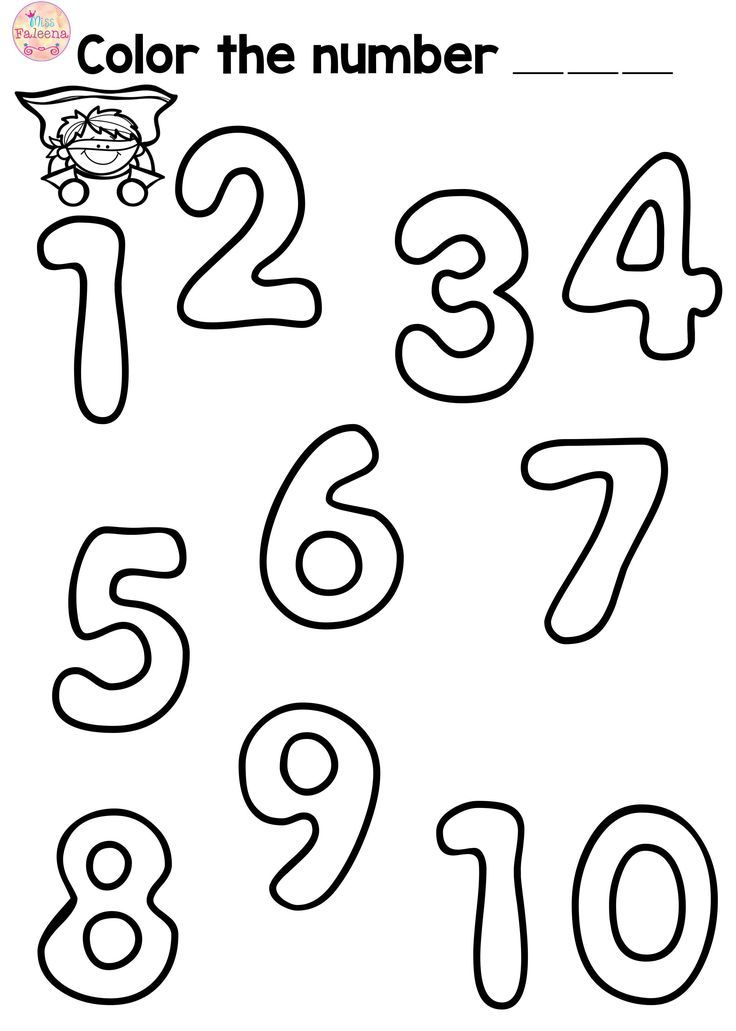 9K
9K
The colors of the rainbow are part of the main lexicon - without knowing the shades of colors in English, you will not be able to ask the seller to talk about art store to bring you a lilac sweater and even admire the golden autumn in New England. Try to spend the whole day without naming colors even in Russian, and you will see for yourself how difficult it is to do without them.
In this article we have collected all the colors in English: name, transcription and pronunciation. You will learn the names of rare, non-basic shades. Any child already at the age of 4 knows the palette of primary colors, but not even all adults can say exactly what purple - means, we will also deal with these difficulties in the subject.
Read also our articles - the most popular male and female names in English!
Colors of the rainbow: translation table
How do you spell color in English? There are two ways: Color and Color. Both are correct, read the same way and are actively used in speech. Unless in England they write color more often, and in the USA - color.
Both are correct, read the same way and are actively used in speech. Unless in England they write color more often, and in the USA - color.
In addition to color / color, other terms are used in English to describe color: tint (low tide), hue - tone and shade - shade.
As in the Russian rainbow, in the English 7 colors:
| Red | [red] | Red |
| Orange | [ˈɒrɪndʒ] | Orange |
| Yellow | [ˈjeləʊ] | Yellow |
| Green | [ɡriːn] | Green |
| Blue | [bluː] | Blue |
| Indigo | [ˈɪndɪɡəʊ] | Dark blue |
| Violet | [ˈvaɪələt] | Violet |
Russian-speaking children memorize the sequence of colors in the rainbow with the help of a mnemonic trick - the phrase "Every hunter wants to know where the pheasant is sitting.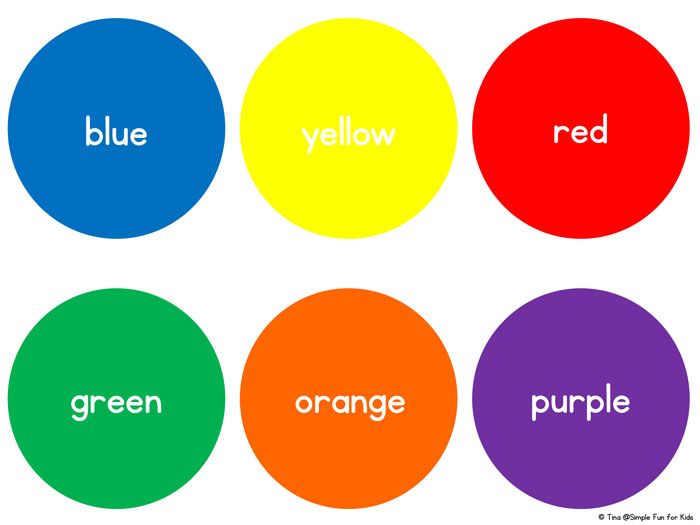 " And young Englishmen for the same purpose memorize the phrase Richard Of York Gave Battle In Vain (“Richard of York gave the battle in vain”).
" And young Englishmen for the same purpose memorize the phrase Richard Of York Gave Battle In Vain (“Richard of York gave the battle in vain”).
In addition to the colors of the rainbow, the list of basic shades includes:
- Brown - brown (brown) [braun]
- White - white (white) [waɪt]
- Black - black (black) [blæk]
- Pink - pink (pink) [pɪŋk]
- Gray/grey [ɡreɪ]
Translation of colors from English into Russian can be allegorical. After all, figurative meanings have also been attached to different colors in the culture of peoples from time immemorial.
For example, in Russian “red” often means “beautiful”, and “black” often means “gloomy, tragic, bad”. English also has color associations: the word green (green) often refers to someone inexperienced and young (green workman is an inexperienced worker).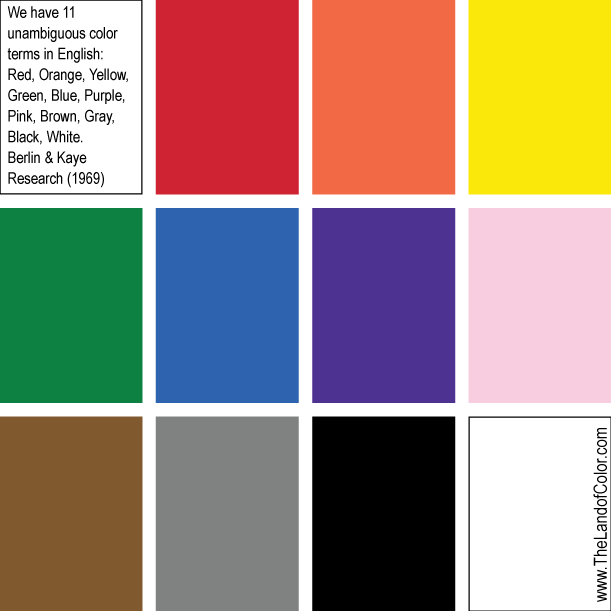
Blue (blue) is sometimes translated as "sad, dreary" - hence the name of the music blues. Gray (gray) can also be translated as "gloomy" or "bleak" (grey thoughts - gloomy thoughts). White (white) is often translated as "innocent, harmless" (white lies - an innocent lie, a white lie).
English proficiency test
This English proficiency test was compiled by the Skysmart online school tutors. They prepared fun and relevant tasks on modern topics to make the test both useful and interesting
Shade Dictionary: shades in English
Now you know the main colors in English. But this is not enough to make your speech accurate and figurative. It would also be nice to remember the names of shades that are very often used in English speech. To make it easier for you, we have broken these shades into primary colors.
Red
- Carmine
- Auburn - reddish chestnut
- Burgundy - wine
- Crimson - raspberry
- Scarlet - scarlet
- Ruby
Pink
- Magenta
- Coral - coral (coral) [ˈkɒrəl]
- Raspberry color
- Salmon - pink-orange, salmon
Orange
- Copper
- Flame - fire orange
- Tangerine - tangerine
Yellow
- Golden
- Amber
- Sand
- Saffron - saffron
- Cream
Green
- Emerald
- Olive
- Lime
- Mint
Blue
- Navy blue
- Sapphire
- Ultramarine
Blue
- Turquoise - Turquoise
- Azure - Azure
- Aquamarine - Aqua
Purple
- Lilac
- Purple
- Lavender
White
- Ivory
- Eggshell
- Snowy
Gray
- Silver
- Ashen
- Platinum
Brown
- Beige
- Ecru - grayish beige
- Rust - rusty
- Maroon - red-brown
- Fawn - Tan
- Khaki - Khaki
Sometimes it is difficult to translate the names of flowers from Russian into English and vice versa.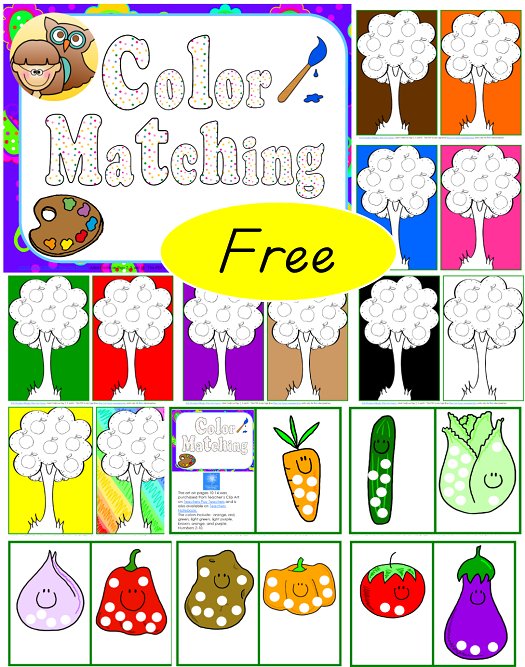 For example, in Russian “blue” and “blue” are two different colors, while English light blue and dark blue are shades of the same color.
For example, in Russian “blue” and “blue” are two different colors, while English light blue and dark blue are shades of the same color.
And speaking of a person red (red) or ginger (ginger), the British want to say that he is red. The perception and description of colors is a delicate matter, and even a professional translator sometimes encounters difficulties.
Now you know all the main colors in English with translation, do not confuse purple and pink and easily remember what color oranges are.
How many English words do you already know?
Let's define your vocabulary - without complex questions and with the help of smart algorithms.
Describing the intensity of a color
Sometimes the name of a color in English does not quite convey the shade you want to describe.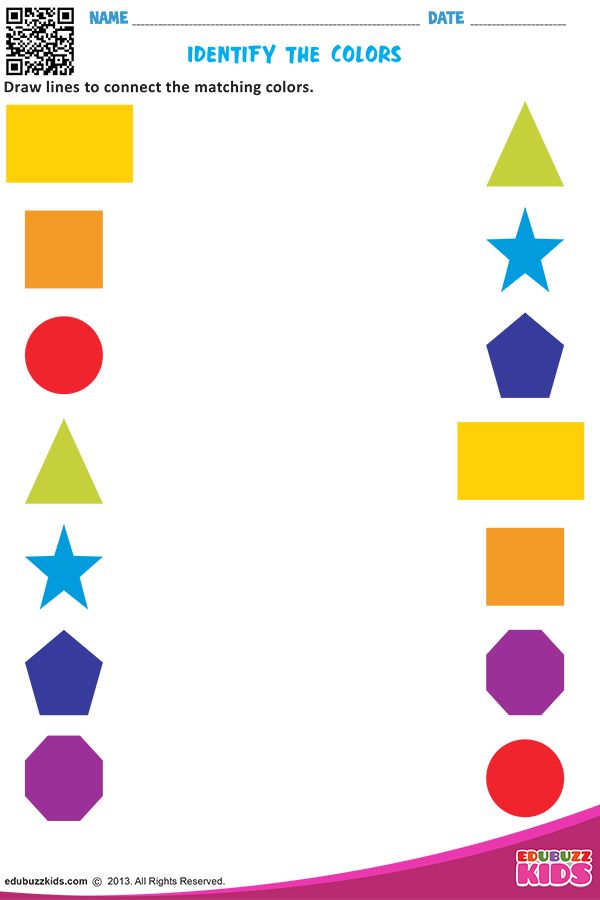 Adjectives come to the rescue, which will allow you to accurately determine the color - it is advisable to learn them too.
Adjectives come to the rescue, which will allow you to accurately determine the color - it is advisable to learn them too.
Here are the most basic words that are most often used with names of colors:
- Light - light [laɪt]
- Dark - dark [dɑ:k]
- Bright - bright [braɪt]
- Dull [dʌl]
- Mat [mæt]
- Pale - pale [peɪl]
- Deep [di:p]
- Natural [ˈnæʧr(ə)l]
- Pastel - pastel, gentle [pæsˈtel]
- Shiny - shining [ˈʃaɪnɪ]
- Vivid - bright [ˈvɪvɪd]
- Warm - warm [wɔ: m]
In addition, the suffix -ish is very often used with flowers: it is added when they want to say that the color is unexpressed, muted. Here is an example that will clearly show how this suffix changes the name of the shade:
- Green (green) - greenish (greenish)
- Gray (gray) - grayish (grayish)
- Red (red) - reddish (reddish).
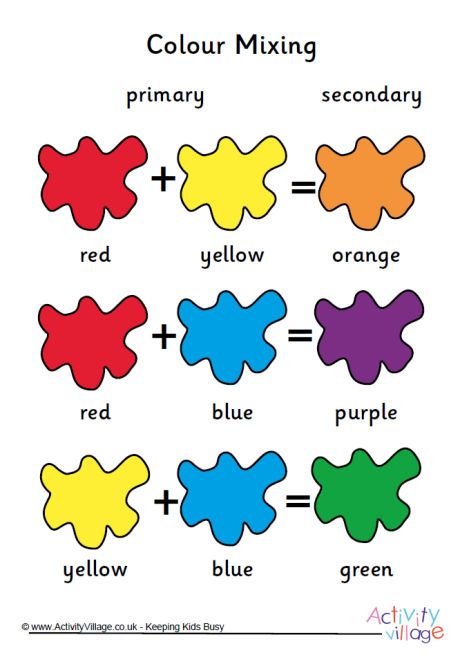
Learn more

